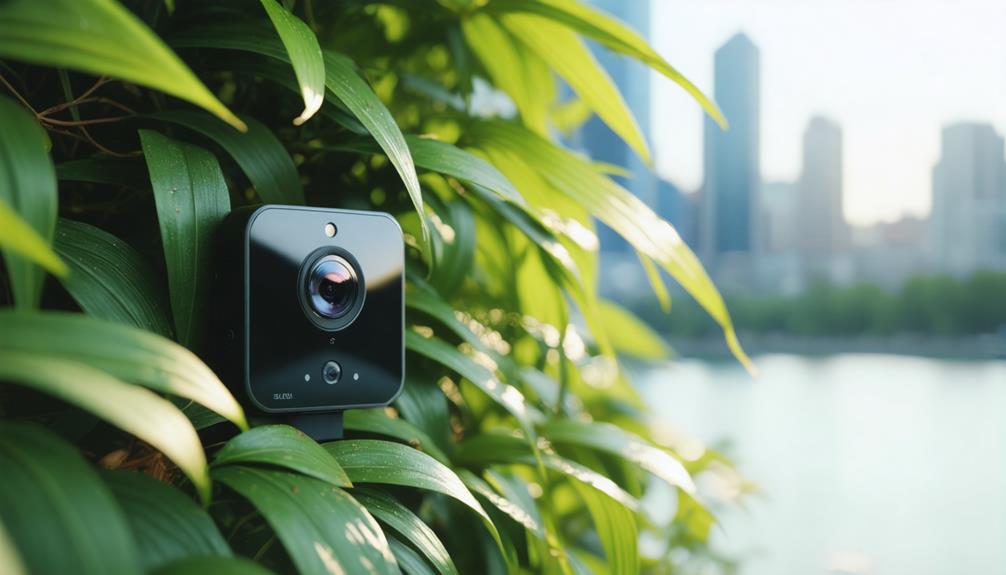
Brainstorm Security Shop

For Orders Over $199

On Any Of Our Products

Details On Refund Page
When you’re considering beefing up your home security system, you might wonder whether it’s possible to do so without the pinch of monthly fees. Home security systems that don’t require a monthly payment can seem appealing, offering you full control over your security measures with a one-time purchase. By opting for these systems, you’re not only setting up defenses against potential intruders but also integrating into a wider smart home environment. Yet, before you make your choice, it’s crucial to weigh the hidden costs and limitations that might come with such systems. Will these no-fee options meet your security needs while adhering to your budget? Let’s find out.
Opting for a no-fee security system can save you money without compromising on safety. When you’re not tied to a monthly fee, you have the freedom to choose how much or how little you invest in your home security. You aren’t locked into a contract, meaning you can upgrade or change your setup as your needs evolve or as your budget allows.
Without monthly fees, you’re also likely to sidestep the high costs associated with traditional security services. Instead of paying for a company’s overhead and profit margin, you’re investing directly in the equipment that protects your home. This can be a smart way to ensure you’re not overspending on features you don’t actually need.
Moreover, managing your own security system fosters a deeper understanding of its functions and limitations. You become the expert on your own security, which can make you more adept at handling potential issues and customizing the system to fit your specific requirements.
Several types of no-fee security systems are available, allowing you to choose one that best fits your needs.
You’ve got the DIY systems, which are perfect if you’re handy and prefer a personalized setup. These kits usually come with the basics: cameras, sensors, and a hub to connect them all. You’ll install everything yourself and monitor the system through an app. There’s no middleman, no monthly fees, and you can often expand the system as you see fit.
Another option is the self-monitored, smart home integrated systems. These work with your existing smart home devices, like Alexa or Google Assistant. You’ll handle all the monitoring through your smartphone or tablet, receiving alerts directly if anything unusual happens. It’s a seamless way to blend security into your smart home setup without extra fees.
Lastly, there are the standalone security devices. These aren’t comprehensive systems, but single devices like video doorbells or security cameras with built-in storage for recording footage. They’re great if you’re looking to enhance security in specific areas of your home without committing to a full system. You’ll still get alerts and be able to monitor things yourself, all without ongoing costs.
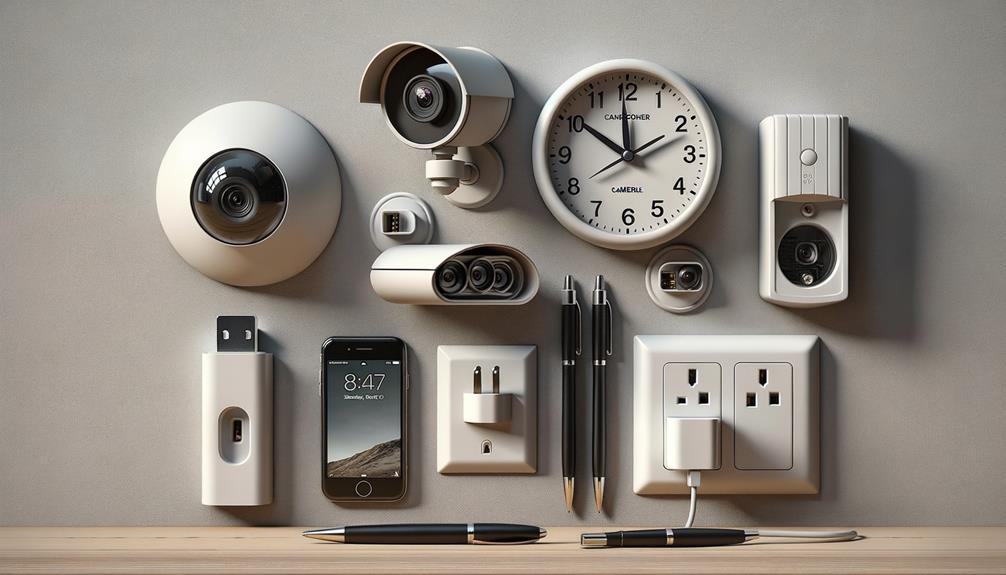
When choosing a no-fee security system, consider key features like connectivity, ease of installation, and the type of monitoring offered. You’ll want a system that connects reliably to your home network, whether it’s through Wi-Fi or a wired setup. Look for systems that offer straightforward, DIY installation to save you time and hassle.
Next, think about the monitoring technology. Systems vary from basic alarms that merely sound off when triggered, to more sophisticated setups that send alerts to your smartphone. If you’re tech-savvy, you might prefer a system that integrates with your smart home devices, allowing you to manage security alongside your lighting, heating, and other systems.
Camera quality is crucial too. Ensure the cameras offer high resolution for clear images, night vision capabilities, and wide-angle views. Storage options are also important; consider whether you want cloud storage or local storage via SD cards.
Lastly, don’t overlook the system’s battery life or power backup options. You don’t want a security system that fails during a power outage. Opt for one with a reliable power backup that keeps the system operational when you need it most.
Let’s weigh the advantages and disadvantages of choosing a no-fee home security system.
On the plus side, you’ll save a significant amount of money on ongoing costs. Without monthly fees, you’re looking at a one-time purchase that keeps your budget predictable and your savings intact.
You also gain full control over your system, as most no-fee options are DIY, meaning you can customize and expand them as your needs change without waiting on a service provider.
However, there are downsides to consider. No-fee systems often lack professional monitoring, which means it’s up to you to take action in case of an emergency. If you’re away from your phone or unable to respond, there’s no backup to ensure emergency services are alerted.
Additionally, these systems mightn’t offer the same level of technology and integration as those with a subscription. This could mean lower quality hardware or fewer features like mobile alerts, remote control, and software updates that keep your system resilient against hackers.
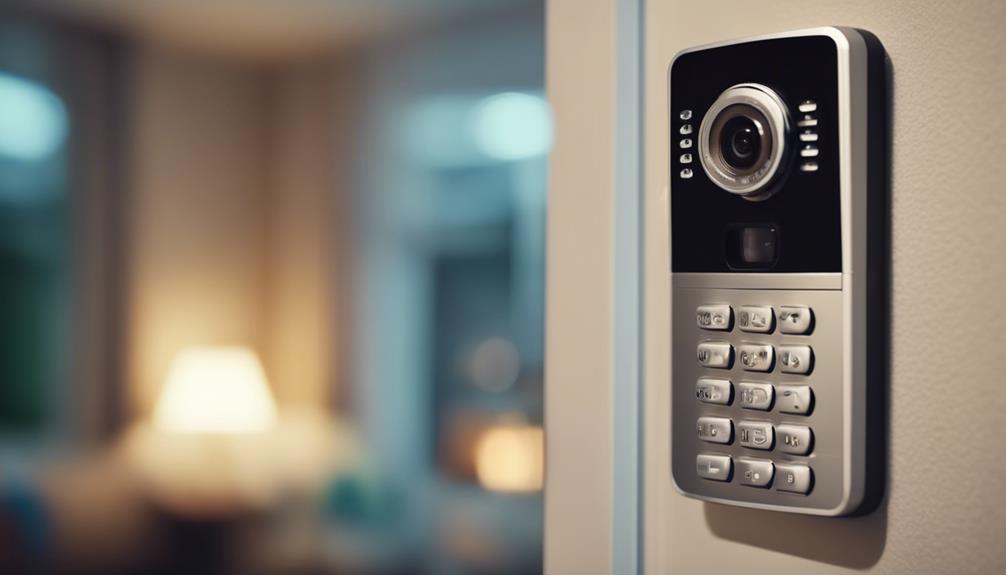
Installing your home security system can be straightforward if you follow these essential tips and tricks. First, you’ll want to plan your layout carefully. Think about where your cameras and sensors will have the most impact. Common entry points like front and back doors, windows, and garages are key spots. Don’t forget to consider the placement of motion sensors in hallways or near valuables.
Next, ensure you’ve got the right tools on hand before you start. Typically, you’ll need a drill, screwdriver, and possibly a ladder. It’s also wise to check if your system requires any specific fittings or brackets that aren’t included in the box.
When setting up your system, take it step by step. Start by mounting the cameras and sensors, then move on to connecting any wires or components. If your system is wireless, you’ll need to ensure each device has a strong signal to the central hub.
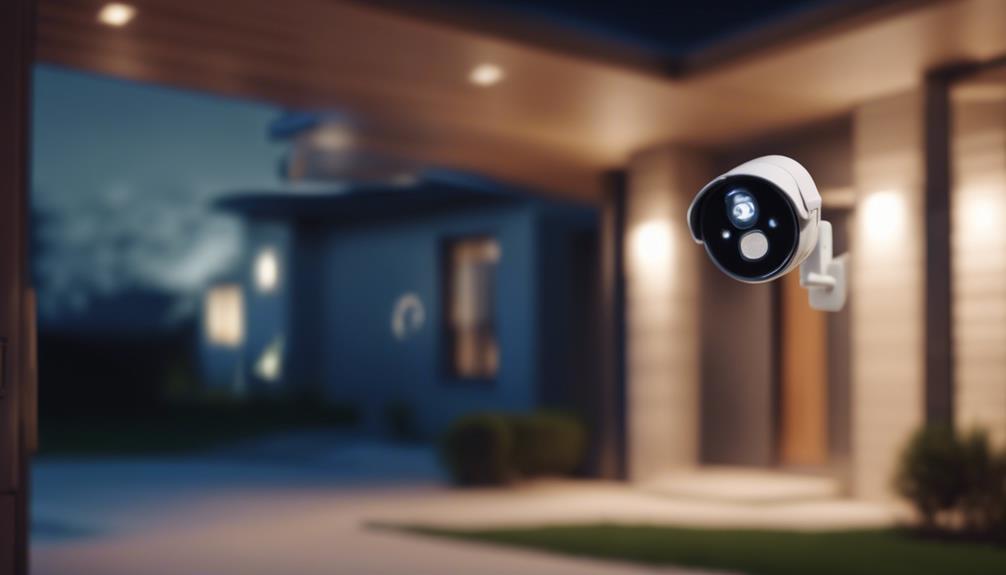
You can elevate your home security by integrating smart technology that enables remote monitoring and control. Imagine being able to check your home’s security cameras from your smartphone or receiving an alert when someone approaches your door, even when you’re miles away. Smart tech isn’t just convenient; it boosts your home’s defense against intruders.
Smart locks are a great addition. You’ll never have to worry about losing your keys again. With features like remote unlock, you can let in guests or service providers without being home. You can also receive notifications when someone enters or leaves your house, keeping you in the loop at all times.
Consider adding smart lights that can be programmed or controlled via your mobile device. Setting these lights to turn on and off at random intervals gives the illusion that someone is always home, which can deter potential burglaries. Additionally, integrating smart smoke detectors provides an added layer of safety, alerting you on your phone if smoke is detected, so you can act swiftly, whether you’re at home or away.
Enhancing your security system with smart technology doesn’t just add layers of protection; it brings peace of mind, knowing that your home is monitored and controllable from anywhere.
While integrating smart technology elevates your home security, maintaining your system ensures it continues to function effectively. Regular checks are crucial, and you can manage them yourself with a bit of know-how and vigilance.
First, you’ll want to test all sensors and batteries monthly. Check that door and window sensors trigger alerts as expected. Don’t overlook motion detectors; test them by walking through monitored areas to ensure they pick up movement accurately. Battery life varies, but it’s wise to replace them annually, or sooner if your device indicates they’re low.
Next, update your system’s software regularly. Manufacturers often release updates to improve functionality and patch security vulnerabilities. You’ll typically receive these updates automatically, but it’s good practice to check for them manually through your system’s app or website.
Lastly, keep an eye on the physical components of your system. Ensure cameras and sensors are free from dust and debris, which can affect performance. If you’re using wireless components, ensure they remain within range of your main hub to avoid disconnecting.
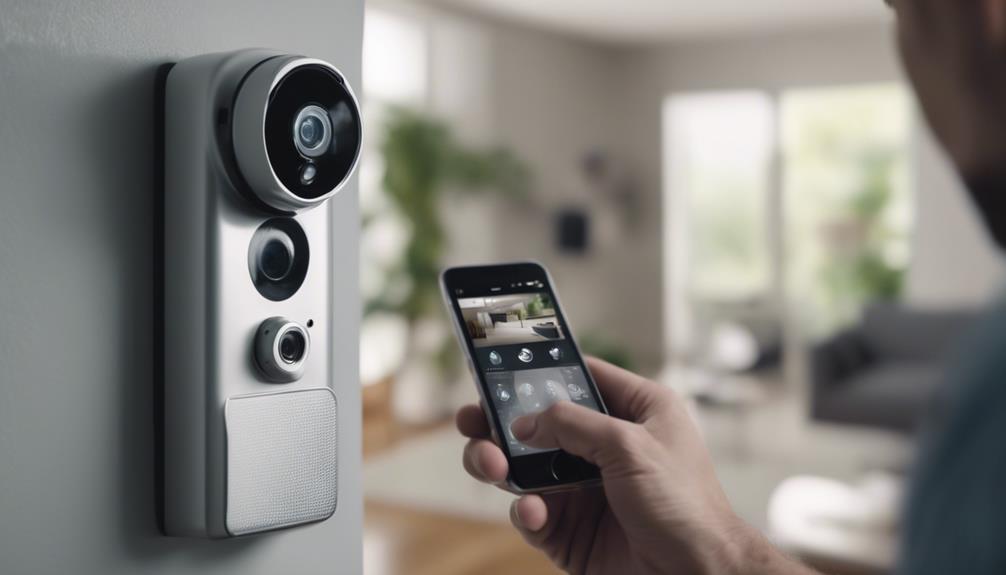
Consider enhancing your home security system with additional add-ons to better safeguard your property. While your basic system covers the essentials, adding extra layers of security can provide even greater peace of mind.
For instance, motion sensors are a smart choice—they detect any movement in and around your home, triggering alerts that can deter intruders before they cause real harm.
You might also think about installing security cameras. These not only act as a deterrent but also offer the capability to monitor your property remotely. With today’s technology, you can view live feeds directly from your smartphone, no matter where you are. This means you can keep an eye on your home, pets, or even delivery arrivals with just a tap.
Additionally, consider the benefits of smart door locks. These allow you to control access to your home remotely. Forgot to lock the door? No worries—you can lock it from your phone. You can even set unique codes for friends and family, which enhances security by eliminating the need for spare keys that could be lost or stolen.
Investing in these add-ons not only boosts your security but also adds convenience to your daily life.
After exploring various add-ons for enhanced security, it’s now time to make the final decision on your home security system. You’ve considered all the options, weighed the benefits, and now you’re just a step away from enhancing your home’s safety.
First, review your specific needs. What’s your primary concern? Is it deterring burglars, monitoring for fires, or overseeing a remote property? Your answer will dictate the best system for you. Don’t get swayed by fancy features that don’t serve your core requirements.
Next, reflect on your budget. Systems without monthly fees save money over time, but often have higher upfront costs. Ensure the initial investment doesn’t strain your finances. Remember, a reliable, simpler system can often offer more value than a complex one laden with unnecessary features.
Also, consider ease of installation and use. Are you handy enough to install the system yourself, or will you need professional help? A user-friendly system can save you future headaches and provide quicker adjustments to security settings.
Lastly, don’t overlook customer reviews. They’re invaluable for insights into reliability and customer service experiences.
Once you’ve gathered all this information, you’re ready to choose confidently. Go for a system that meets your needs, fits your budget, and ensures peace of mind.
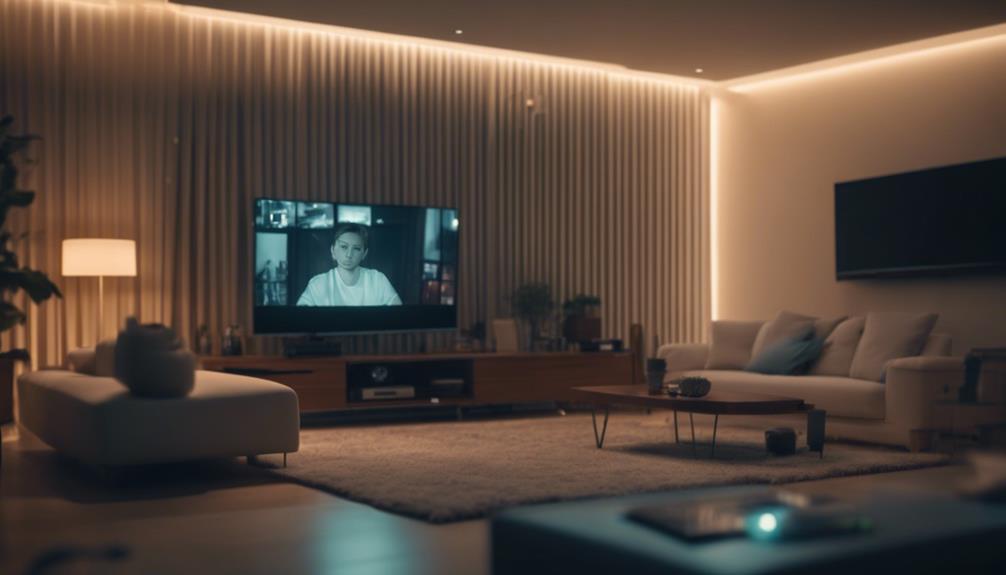
You’ve explored the benefits and options of no-fee home security systems. Now, you’re equipped to choose a system that fits your budget and security needs.
Remember, investing in a system you can maintain and upgrade with smart technology or useful add-ons will keep your home safer. Take the time to weigh the pros and cons, and select the best system for you.
Your peace of mind is worth that effort!
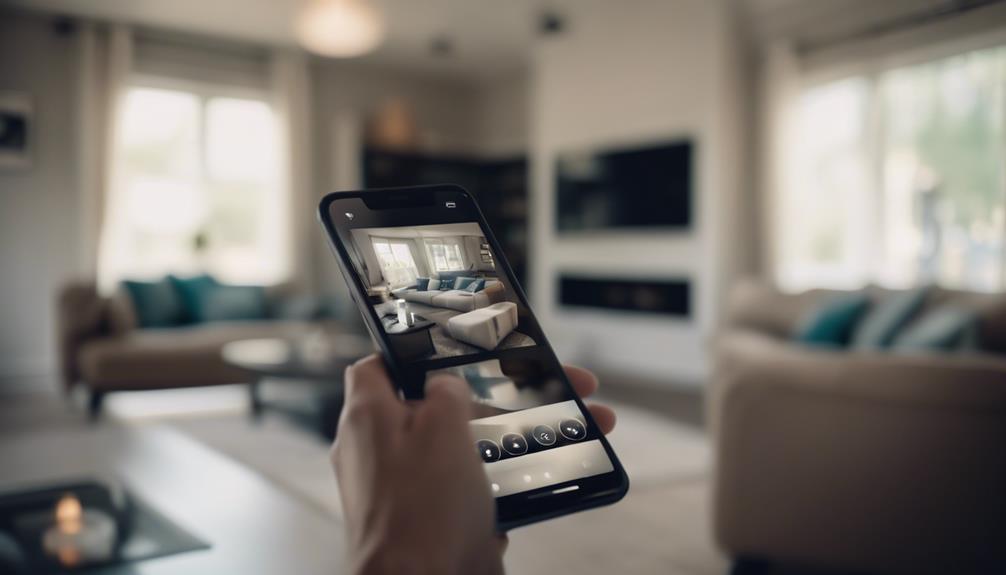
Brainstorm Security Shop
1867 Caravan Trail
Ste 105
Jacksonville, FL 32216
Call us toll free: (800) 859-5566